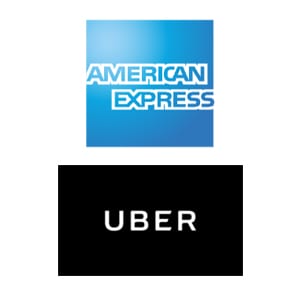Driving Excellence Across Your Shared Services Center with Record to Report Automation
Blog post
Share
 With an eye on overall process performance, one of the constant objectives of forward-looking or more mature Shared Services is more control of a process from end-to-end. A recent report published by SSON, “2017 SSON State of the Industry Report,” states that more than two thirds of respondents are targeting end-to-end process management, implying Shared Services’ ability to deliver improved performance by exercising control over inputs as well as outputs for each task, leverage synergies, and benefit from greater transparency across the entire process. This control and transparency is enhanced even further with the deployment of Record to Report automation. Below are two examples of Trintech customers who are leveraging Shared Service Centers and Record to Report automation to optimize their financial close.
With an eye on overall process performance, one of the constant objectives of forward-looking or more mature Shared Services is more control of a process from end-to-end. A recent report published by SSON, “2017 SSON State of the Industry Report,” states that more than two thirds of respondents are targeting end-to-end process management, implying Shared Services’ ability to deliver improved performance by exercising control over inputs as well as outputs for each task, leverage synergies, and benefit from greater transparency across the entire process. This control and transparency is enhanced even further with the deployment of Record to Report automation. Below are two examples of Trintech customers who are leveraging Shared Service Centers and Record to Report automation to optimize their financial close.
Uber Technologies
Uber develops, markets and operates the Uber car transportation and food delivery mobile apps and is currently operating in 570 cities worldwide. It currently has over 15,000 employees and is headquartered in San Francisco, CA. It uses Oracle as its ERP and has an Accenture BPO in India.
Uber faced several challenges prior to automation including:
· Lack of scalability, consistency, and standardization of accounting function
· Lack of visibility between regional accounting groups
· Lack of internal control over reconciliations and close tasks related to financial reporting
· Heavily manual process (used Google Docs)
· Unable to track key performance metrics
Since deploying Trintech’s Record to Report solution, Cadency, Uber has achieved the following benefits:
· Completeness of account reconciliations
· Accuracy of the reconciliations
· Visibility into what is being done at the regional levels
· Available data to analyze root causes of issues
· Reduced time spent working on month-end close tasks
American Express
American Express is a global services company that provides customers with access to products, insights and experiences that enrich lives and build business success. It currently has over 55,000 employees and is headquartered in New York City, NY. It uses Oracle as its ERP and has 1 captive Shared Service Center in India.
Some of the challenges American Express faced prior to automation included:
· Lack of standardization due to operations dispersed globally
· Rising risk from period to period due to the lack of understand of what was being done and who was doing it
· Lack of visibility of the overall Close and MJEs
Since automating its financial close process with Trintech’s Cadency solution, American Express has achieved the following benefits:
· Leadership has greater visibility into the close process
· Digitalization of checklists through Cadency
· Raising awareness and increasing collaboration across teams to resolve close process issues
· Single view of the close process, increasing productivity (drastically reducing phone calls, emails, etc.)
To find out Uber Technologies’ and American Express’s full financial transformation journeys and their roadmap for the future, view our webinar recording, “How Uber and American Express Drive Shared Services Excellence through R2R Technology.”
Written by: Kelli Shoevlin






